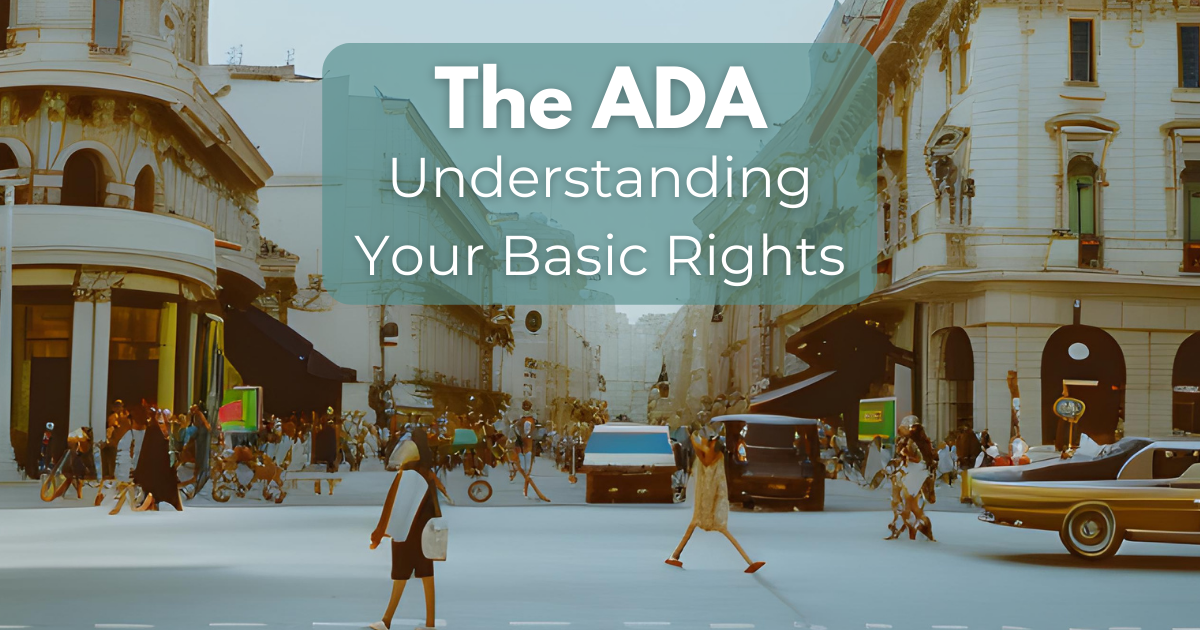Executive Director Search
Disability Rights Montana is searching for our next executive director. Available now are both the job posting and the full job description.
Disability Rights Montana is searching for our next executive director. Available now are both the job posting and the full job description.
Words by Disability Rights New York
Jordan Neely was murdered in NYC on the F train Monday May 1, 2023.
As the written accounts of this public, modern-day, lynching have been reported on, we are faced with the 4-minute-long video documenting Jordan Neely’s murder. Staring at our phones, and our laptops, scrolling through social media – we witness a murder. Jordan Neely’s life is extinguished on a reel, shuffled into the endless videos of food, dance, and comedy. One more video, one more Black man murdered.
It is clear in the footage that this man’s life, like so many other Black men, is not valued. No one on that train thought about his well-being, not one person thought about his life. Other passengers stand by and watch. Two passengers assist with the murder. One passenger is heard complimenting the assailant on his technique.
The reporting of this homicide further desecrated Jordan Neely’s life by the words that were chosen to be written. Jordan is referred to as a vagrant, unhinged, and a repeat offender. His murderer is referred to as a blond man, a straphanger, and even as a hero.
Jordan Neely was murdered on the F train on Monday, May 1, 2023. He was murdered by a White man. He was murdered in front of a live audience and his murder was then broadcast to the world. And although we are all witnesses to this homicide, there has been no arrest.
The continual messaging that both demonizes and dehumanizes people who have a mental health diagnosis, is feeding a public mindset that encourages fear and incites violence against them. We know this is true by the memorialized killing of Jordan Neely.
We must work harder to change policies that promote this mindset.
We must work harder to protect those who are experiencing a crisis of health, a crisis of life. Jordan Neely was in crisis. He needed assistance, he needed food and shelter. He needed care. And despite all accounts that he was not violent, nor did he harm anyone, he was attacked and he was murdered.
Disability Rights New York is committed to being a resource to assist policymakers in order to affect this change. We cannot and will not stand by while the lives of our community members with mental health diagnoses are criminalized and murdered.

The Americans with Disabilities Act (ADA) is a crucial piece of civil rights legislation that prohibits discrimination against individuals with disabilities in all areas of public life, including employment, transportation, education, and access to public and private spaces.
The specific structure of the ADA is divided into ‘Titles’. These separate titles speak to the specific rights people with disabilities have in various settings. Let’s break down and give a brief overview of each.
Title I of the ADA prohibits discrimination against individuals with disabilities in the workplace. Employers with 15 or more employees must provide equal opportunities to qualified individuals with disabilities, including hiring, promotions, and reasonable accommodations to perform their job.
Title II mandates that state and local governments provide individuals with disabilities equal access to their programs, services, and activities. This includes ensuring physical access to public buildings and providing necessary accommodations, such as sign language interpreters or alternative formats of communication.
Title II also covers public transit systems, which must provide people with disabilities an equal opportunity to benefit from their services.
Title III of the ADA requires that private businesses and nonprofit organizations that serve the public, such as restaurants, hotels, and retail stores, make their facilities accessible to individuals with disabilities. This includes providing ramps, wider doorways, and accessible restrooms, as well as ensuring effective communication with customers with disabilities.
Title IV of the ADA ensures that individuals with hearing or speech disabilities have access to telecommunications services, such as telephone and internet-based communications. This includes the provision of relay services and closed captioning for public broadcasts.
The ADA also includes other requirements for how to implement the law. Examples of these requirements include:
The Americans with Disabilities Act safeguards the rights of individuals with disabilities, ensuring their equal access to various aspects of public life. For more information on the ADA, visit the official ada.gov website, which offers a wealth of resources, including factsheets, guides, and answers to frequently asked questions.